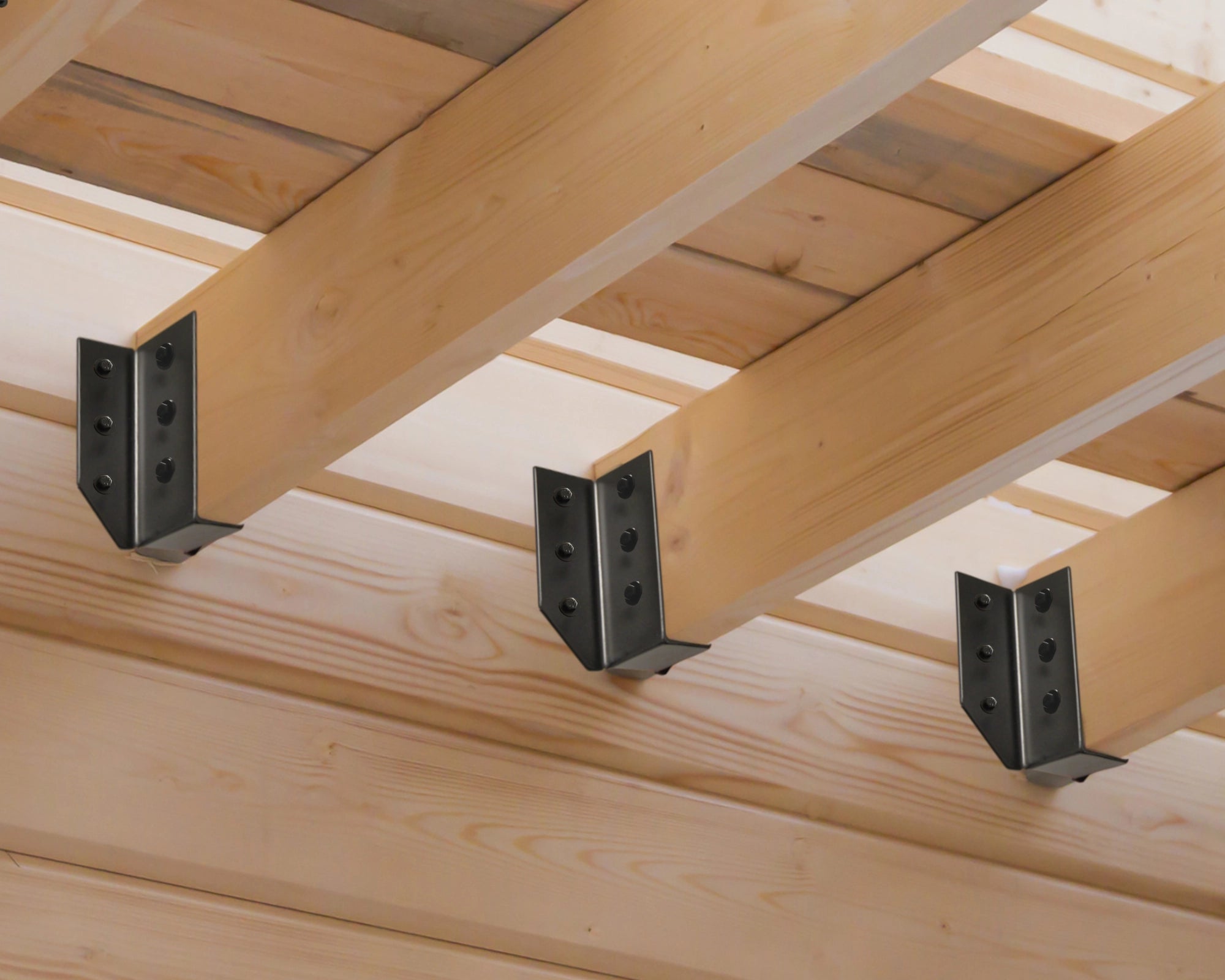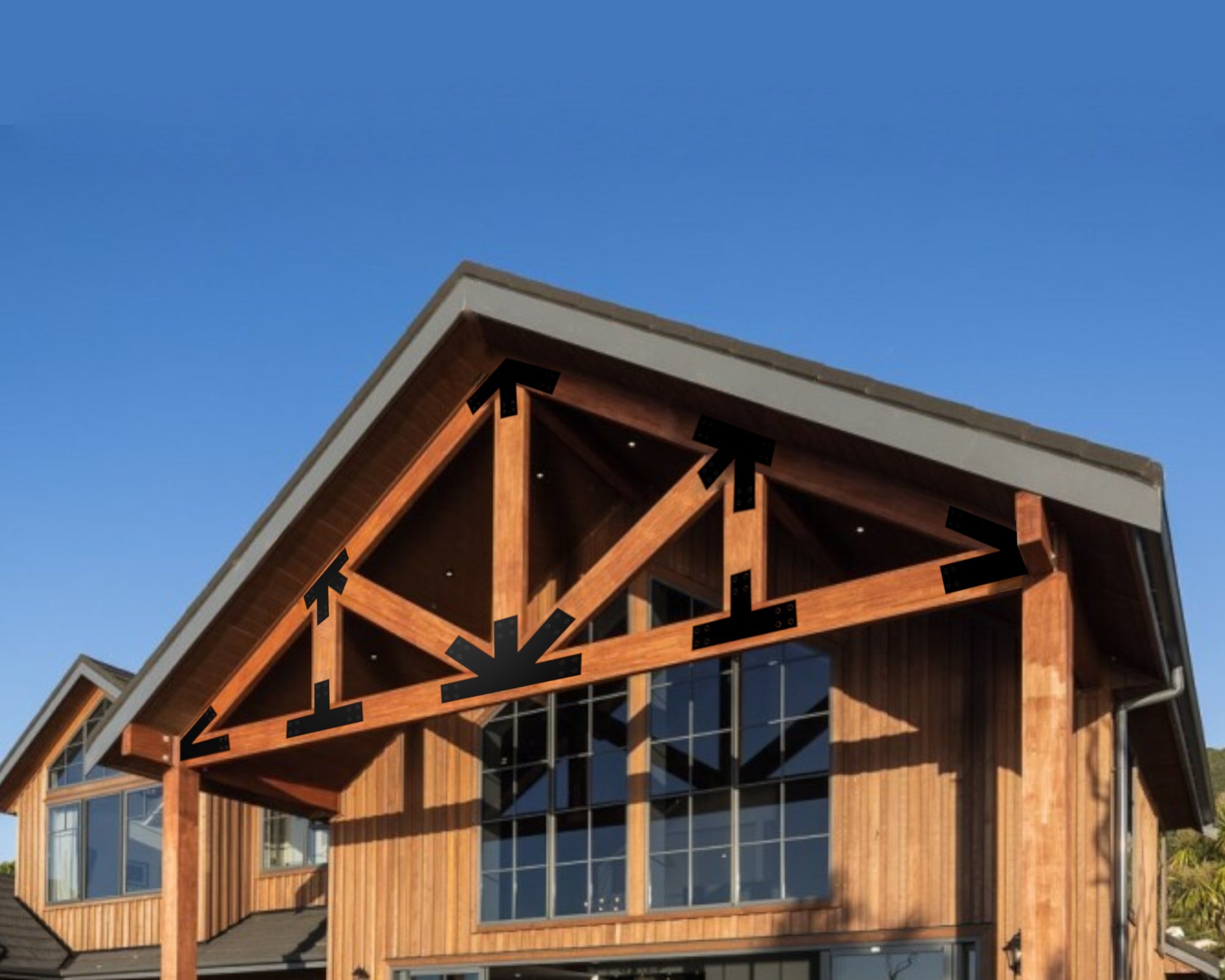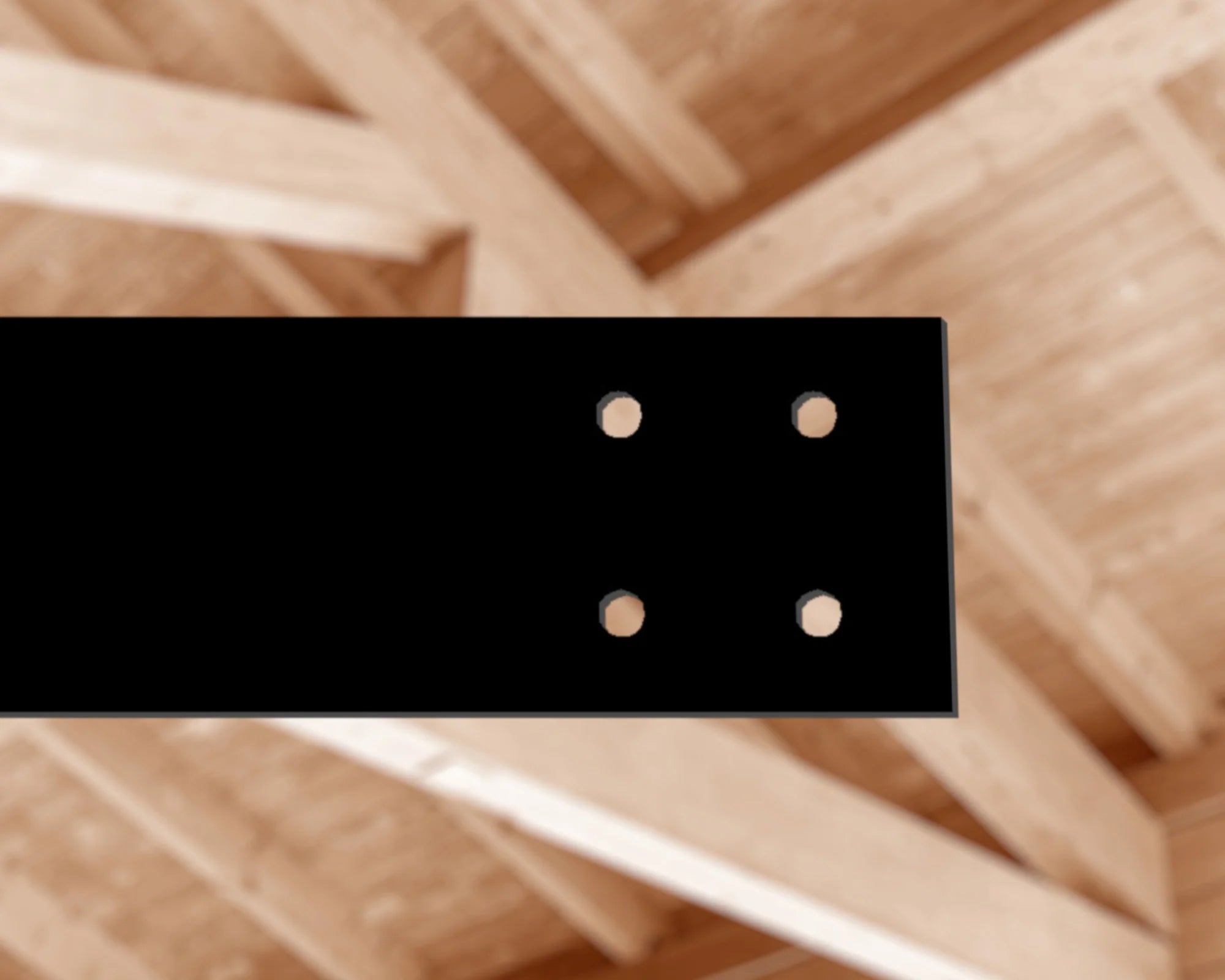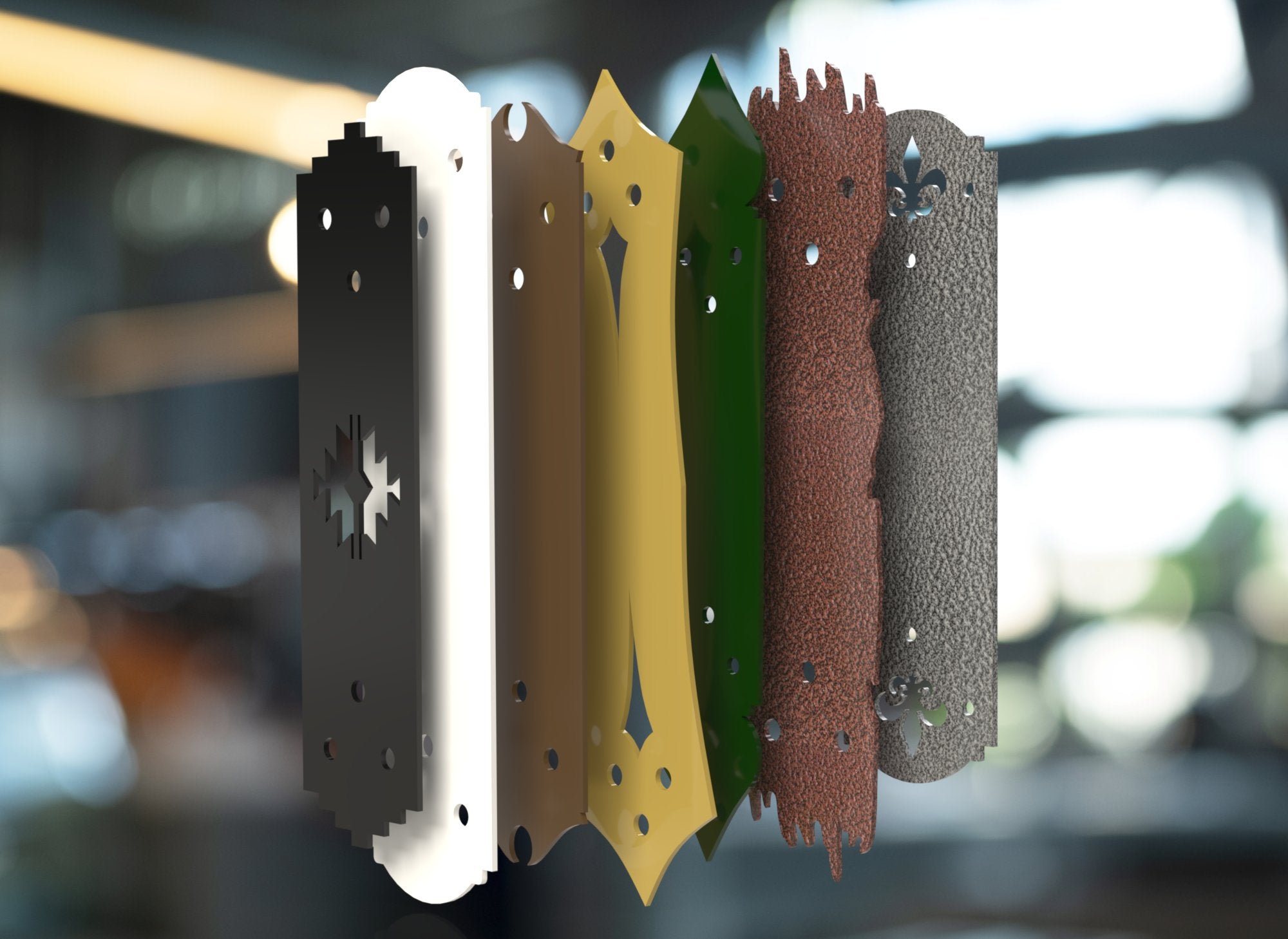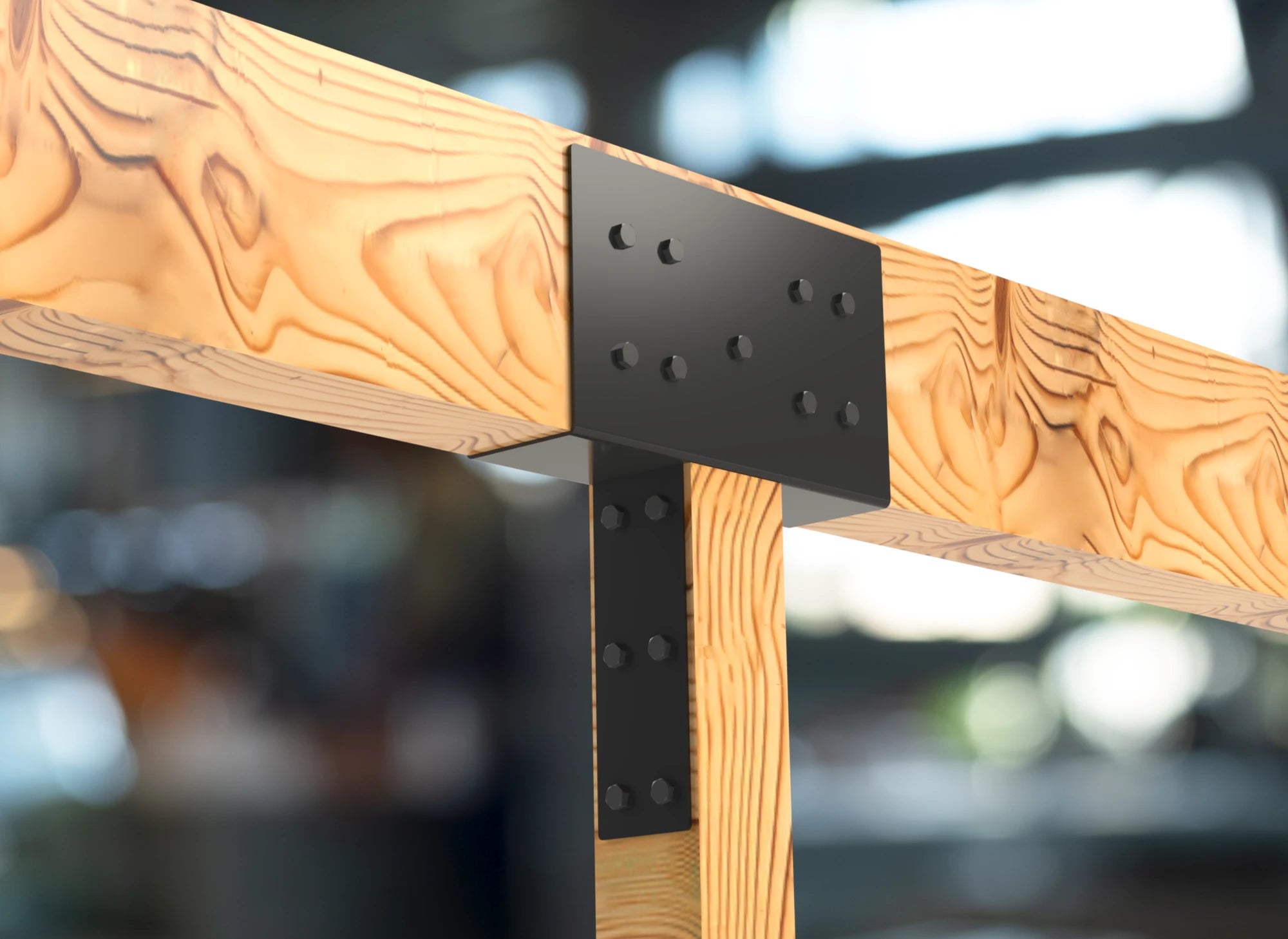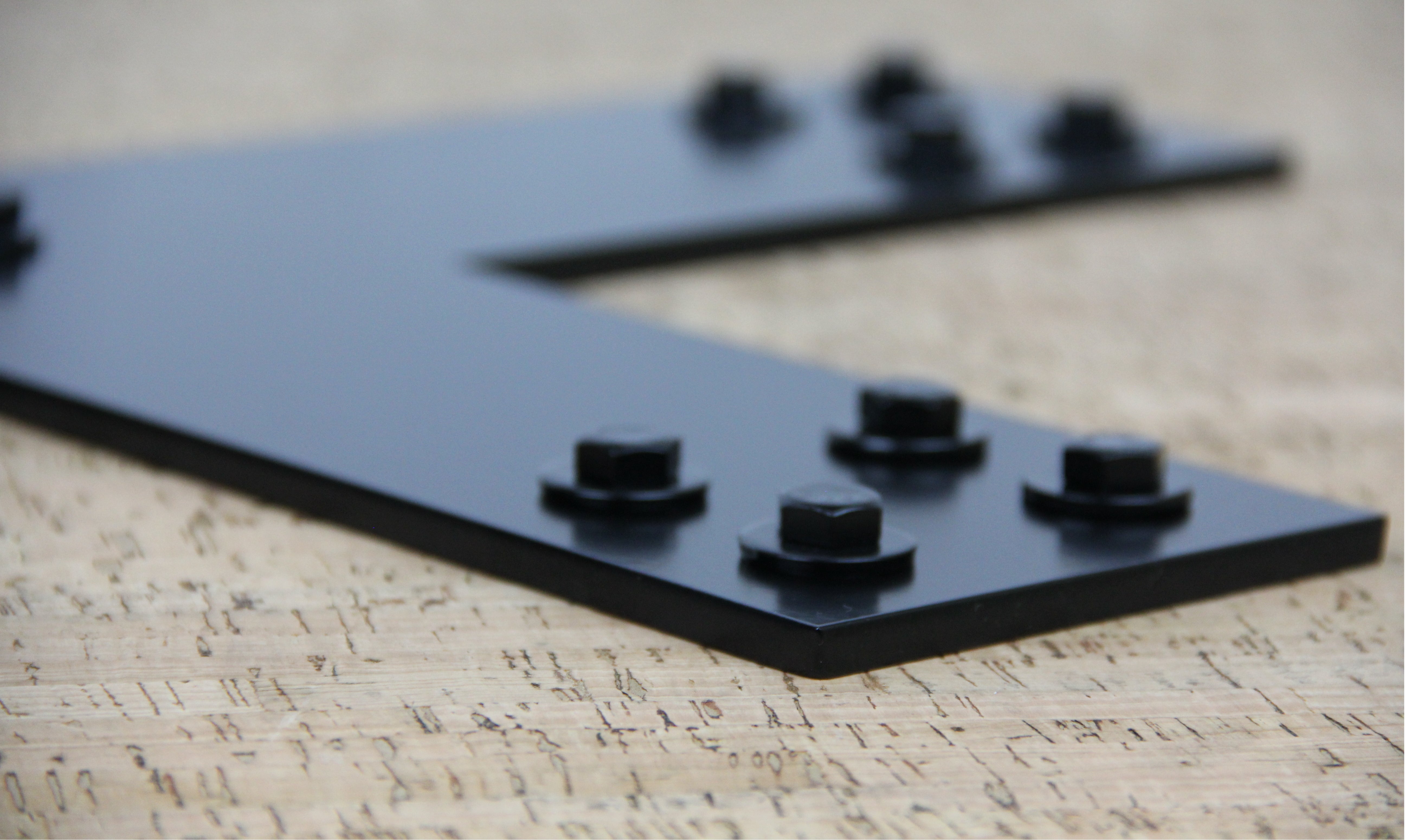In the construction and industrial sectors, selecting the right bracket installation method is crucial for ensuring stability, durability, and efficiency. Two common approaches for setting brackets are wet set and dry set installations. While both methods serve the purpose of securing brackets, their application, installation process, and performance characteristics differ significantly. This article explores the key differences between wet set and dry set brackets to help professionals choose the best option for their projects.
What Are Wet Set Brackets?
Installation Process
Wet set brackets are embedded directly into freshly poured concrete before it fully cures. This method requires precise placement since adjustments are difficult once the concrete sets. The brackets are typically installed at the time of the concrete pour, ensuring a strong and permanent bond.
Advantages of Wet Set Brackets
- Superior Strength & Durability – Since wet set brackets are embedded in the concrete, they provide a highly secure and stable anchor point.
- Long-Term Reliability – The permanent installation reduces the risk of movement or loosening over time.
- Ideal for Heavy-Duty Applications – Wet set brackets are often used in projects that require high structural integrity, such as fencing, guardrails, and industrial equipment supports.
Disadvantages of Wet Set Brackets
- Requires Advanced Planning – Brackets must be placed accurately during the concrete pour, leaving little room for adjustments.
- Difficult to Replace or Modify – Since they are embedded in concrete, changes or replacements can be labor-intensive and costly.
- Not Suitable for Retrofitting – Wet set brackets are ideal for new constructions but are impractical for existing concrete structures.
What Are Dry Set Brackets?
Installation Process
Dry set brackets are installed after the concrete has fully cured. This process typically involves drilling holes into the cured concrete and securing the brackets using mechanical fasteners or chemical anchors.
Advantages of Dry Set Brackets
- Flexibility in Placement – Since the brackets are installed after the concrete has hardened, they can be positioned with greater precision.
- Easier Modifications – If adjustments are needed, dry set brackets can be removed, repositioned, or replaced with relative ease.
- Ideal for Retrofitting – These brackets are perfect for projects where existing concrete structures need bracket installations.
Disadvantages of Dry Set Brackets
- Less Structural Strength – Dry set brackets rely on fasteners or anchors, which may not provide the same level of durability and load capacity as wet set brackets.
- Potential for Loosening Over Time – Vibration, weather exposure, and heavy loads can sometimes cause dry set brackets to loosen or weaken.
- Drilling Challenges – Installing dry set brackets requires precise drilling, which can weaken the concrete if not done properly.
Key Comparisons: Wet Set vs. Dry Set Brackets
| Feature | Wet Set Brackets | Dry Set Brackets |
|---|---|---|
| Installation Timing | During concrete pouring | After concrete has cured |
| Strength & Durability | Very high, embedded in concrete | Lower, depends on fasteners/anchors |
| Modification Ease | Difficult and costly | Easier to modify or replace |
| Best Use Cases | New construction, heavy-duty applications | Retrofitting, adjustable installations |
| Installation Complexity | Requires planning and precision at pour time | Requires drilling and anchoring techniques |
Choosing the Right Bracket for Your Project
- If your project requires maximum strength and permanence, wet set brackets are the superior choice.
- If you need adjustability, flexibility, or retrofitting options, dry set brackets are more practical.
- Consider environmental factors such as load requirements, exposure to vibration, and potential for future modifications when selecting the best installation method.
Conclusion
Both wet set and dry set brackets have their advantages and drawbacks. Wet set brackets provide unparalleled strength and stability, making them ideal for high-load applications, while dry set brackets offer more flexibility and ease of installation, especially for retrofitting projects. Understanding these differences allows builders, engineers, and contractors to make informed decisions that ensure long-term performance and cost efficiency.


